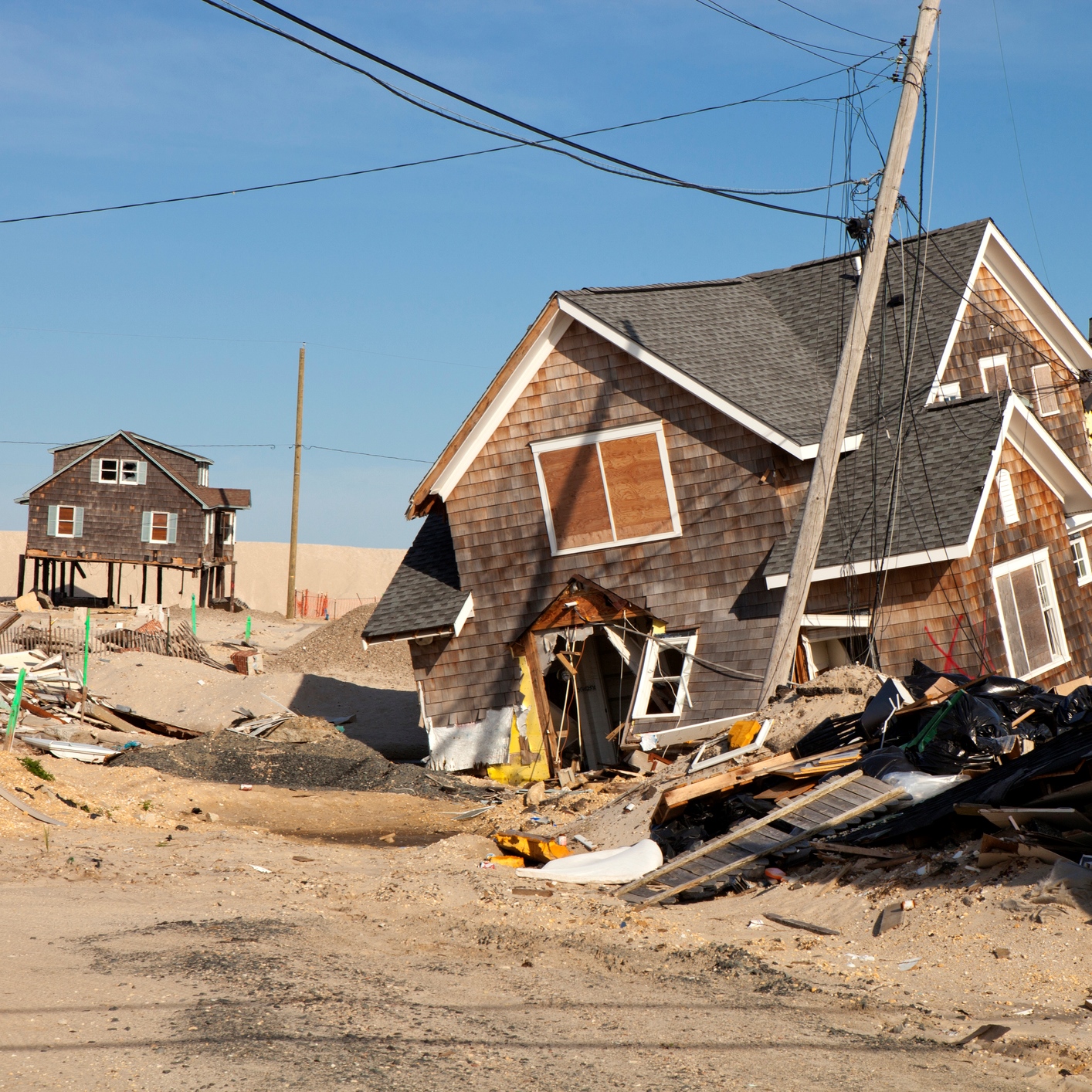
Compared to the second quarter of 2016, homeowner equity in the second quarter of this year rose by $766.1 billion, up 10.6%. The number of homeowners whose mortgages exceed the value of the property (called negative equity or underwater) fell by 21.9%, or 3.6 million homes.
About 63% of all homeowners saw an equity boost last year, according to a report released Thursday by CoreLogic. The total does not include homes owned mortgage-free.
CoreLogic’s chief economist Frank Nothaft said:
Over the past 12 months, approximately 750,000 borrowers achieve positive equity. This means that mortgage risk continues to decline and, given the continued strength in home prices, CoreLogic expects home equity to rise steadily over the next year.
CEO Frank Martell added:
Homeowner equity reached $8 trillion in the second quarter of 2017, which is more than double the level just five years ago. The rapid rise in homeowner equity not only reduces mortgage risk, but also supports consumer spend and economic growth.
Homeowner equity rose fastest in these six states:
- Washington: $40,000 year over year
- California: $30,000
- Utah: $27,000
- Colorado: $22,000
- Massachusetts: $24,000
- Oregon: $21,000
The only state where equity did not change year over year was Delaware.
The 10 U.S. metro areas that experienced the largest increases in homeowner equity were:
- Miami: 14.7%
- Las Vegas: 12.2%
- Chicago: 10.8%
- Washington, D.C.: 7.2%
- New York City: 5.8%
- Boston: 3.9%
- Los Angeles: 2.3%
- Houston: 1.5%
- Denver: 1.4%
- San Francisco: 0.6%
States with the highest percentage of underwater homes were:
- Nevada: 10.6%
- Florida: 10%
- Illinois: 9.6%
- New Jersey: 8.8%
- Rhode Island: 8.6%
- Connecticut: 8.6%
The number U.S. homes with underwater mortgages reached a peak of 26% in the fourth quarter of 2009. The second-quarter average this year was 5.4% of all homes with a mortgage.
Are You Still Paying With a Debit Card?
The average American spends $17,274 on debit cards a year, and it’s a HUGE mistake. First, debit cards don’t have the same fraud protections as credit cards. Once your money is gone, it’s gone. But more importantly you can actually get something back from this spending every time you swipe.
Issuers are handing out wild bonuses right now. With some you can earn up to 5% back on every purchase. That’s like getting a 5% discount on everything you buy!
Our top pick is kind of hard to imagine. Not only does it pay up to 5% back, it also includes a $200 cash back reward in the first six months, a 0% intro APR, and…. $0 annual fee. It’s quite literally free money for any one that uses a card regularly. Click here to learn more!
Flywheel Publishing has partnered with CardRatings to provide coverage of credit card products. Flywheel Publishing and CardRatings may receive a commission from card issuers.
Thank you for reading! Have some feedback for us?
Contact the 24/7 Wall St. editorial team.
 24/7 Wall St.
24/7 Wall St.

